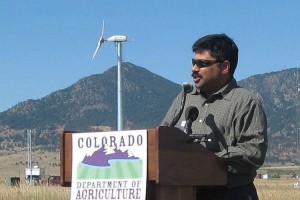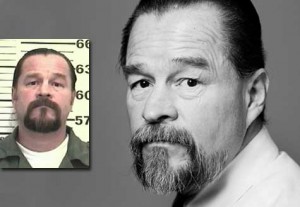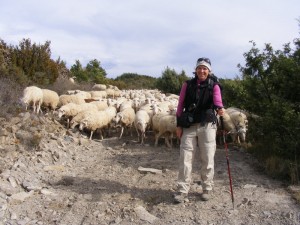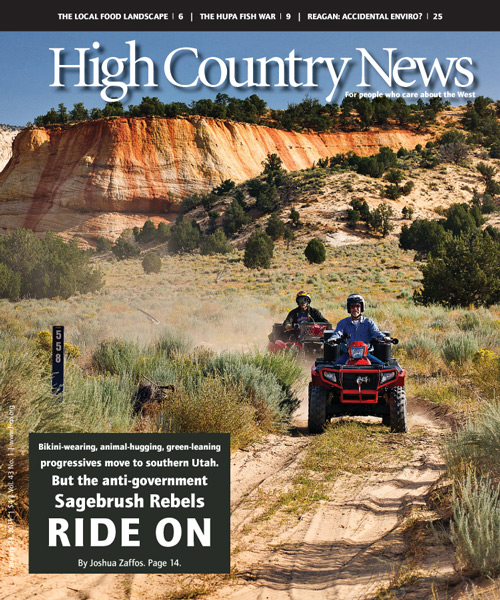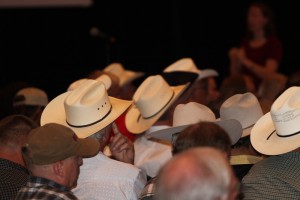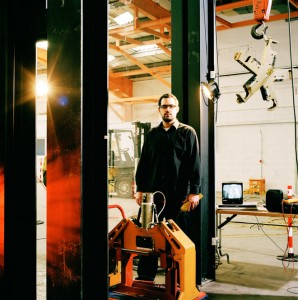U.S. Military Forges Ahead with Plans to Combat Climate Change
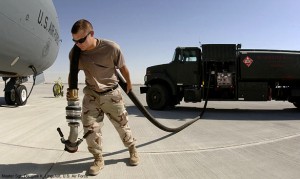
A 2010 Defense Department review identified climate change and energy security as “prominent military vulnerabilities,” noting that climate change in particular is an “accelerant of instability and conflict.” It was the first time the Pentagon addressed climate in a comprehensive planning document.
A subsequent assessment by the National Research Council found that even moderate climate shifts will impact Navy operations. Sea-level rise and more severe storm surges will hit coastal military bases, and marine forces could also face more work in responding to an increase in humanitarian crises following disasters. The opening of the Arctic as sea ice disappears will likely require more patrols in harsh conditions as nations and industry interests are expected to vie for control of new trade routes and energy resources.
“The severe weather effects of climate change aren’t going to start conflicts per se,” McGinn said. But it will put added pressure on political, religious, economic and ethnic fault lines, particularly in fragile societies. “It’s not a pretty picture for the United States.”
“U.S. Military Forges Ahead with Plans to Combat Climate Change”
Sidebar: “A Tour of the New Geopolitics of Global Warming”
Scientific American/ Daily Climate, April 2, 2012

